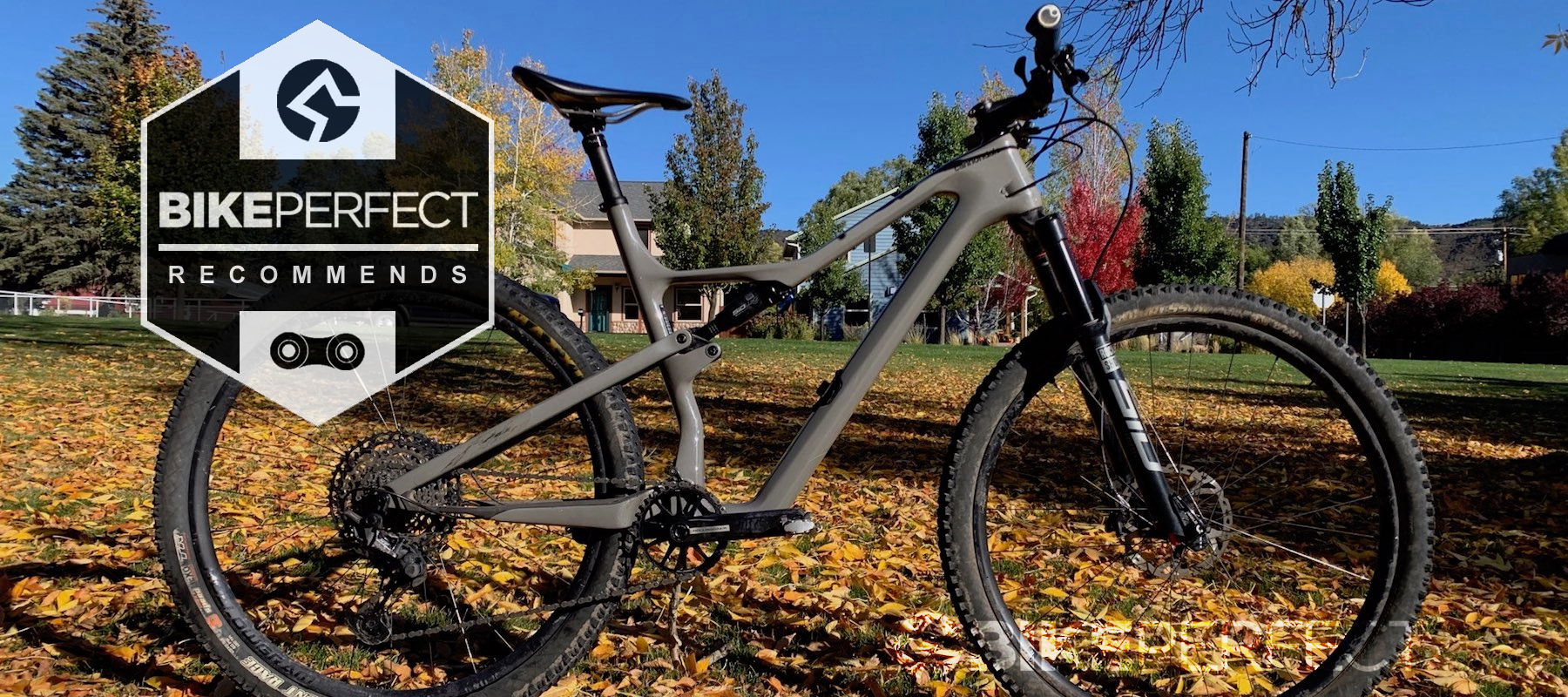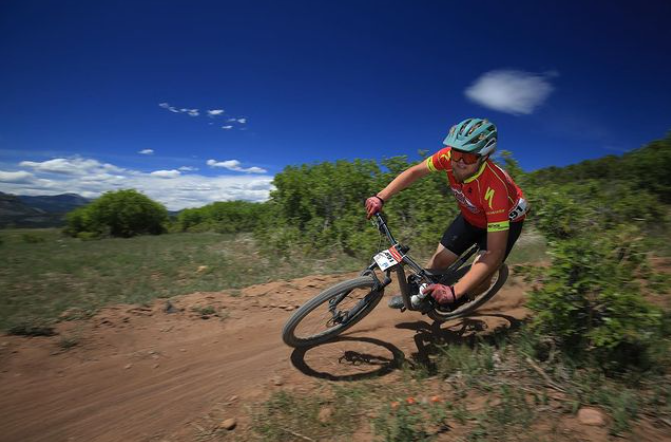Bike Perfect Verdict
The Cannondale Scalpel SE 1 is an efficient, well-handling, and fun marathon XC/downcountry bike
Pros
- +
Efficient pedaling and climbing
- +
Smooth and responsive RockShox suspension
- +
Powerful Shimano brakes
- +
Confident and predictable handling
- +
Dependable dropper post
Cons
- -
Geometry could go slacker and longer
- -
Chain guide is extraneous and vulnerable
- -
Marketing it as a trail bike is confusing
Why trust BikePerfect
There’s a trail system not far from my house in Durango, Colorado, colloquially called Test Tracks. Riders such as Ned Overend tested the latest mountain bike innovations of the eighties and nineties there, and now the official name is Overend Mountain Park since Overend was one of a few local landowners that sold their plots in the area to create the trail system we ride today.
While the smooth, flowing trails were a common setting while evaluating Cannondale’s entry into the downcountry bike category, I also wanted to see if the Scalpel SE could keep up when pushed into rockier terrain. Does the Cannondale Scalpel SE 1 slice and dice with life-saving precision, or does it need another trip to the operating room to turn it into a truly modern XC rig?

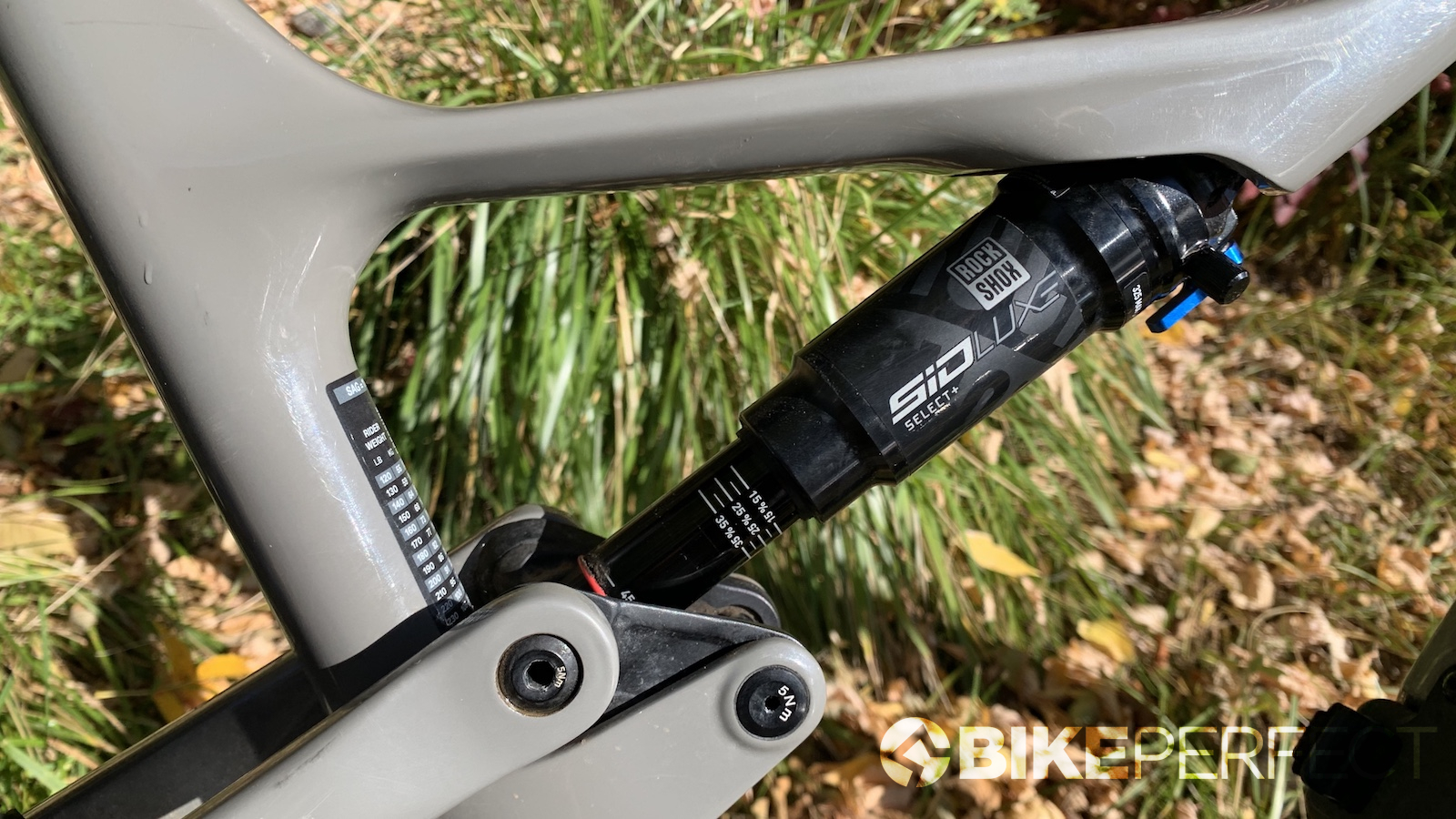
Design and geometry
The Scalpel SE’s carbon frame includes flex pivots at the rear of the chainstays. These create a virtual Horst link pivot and are stiffer and lighter than standard pivots, according to Cannondale. Another obvious benefit is that they don’t need any maintenance like traditional pivot bearings. Cannondale has also tweaked the suspension kinematic for each size throughout the range, so the XL bike I rode is specifically tuned for taller riders, while the smaller sizes will work better for smaller riders. The bike also uses an offset drivetrain that allows for better clearance in the rear triangle and allows for shorter chainstays and a stiffer, stronger rear wheel.
The downtube is compatible with Cannondale’s Stash Kit, which allows a multi-tool to slide right under the bottle cage and a CO2 canister to be attached to the side. Our test bike came with this already installed, and it’s super handy for riders who like to take the minimalist approach to trail supplies. There’s also an integrated wheel sensor on the front hub that can track metrics if you use Cannondale’s app.
Additionally, the frame features internal cable routing and space for two water bottles.
Getting down to the numbers, the bike features a 67-degree head tube angle, which is 1-degree slacker than Cannondale’s standard Scalpel XCO race bike. The SE’s wheelbase measures in at 1,196mm and it has 436mm chainstays and a 74-degree seat tube angle. To compare, the Specialized Epic EVO is 0.5-degrees slacker and has a longer wheelbase. Trek’s new Top Fuel is also longer and slacker than the Scalpel SE.
The Scalpel SE is not marketed as a downcountry bike explicitly. Cannondale’s website says that it is the “ultimate marathon racer and high-speed trail slayer.” The brand also pegs it under the trail bike category on its site, rather than placing it in the XC category.
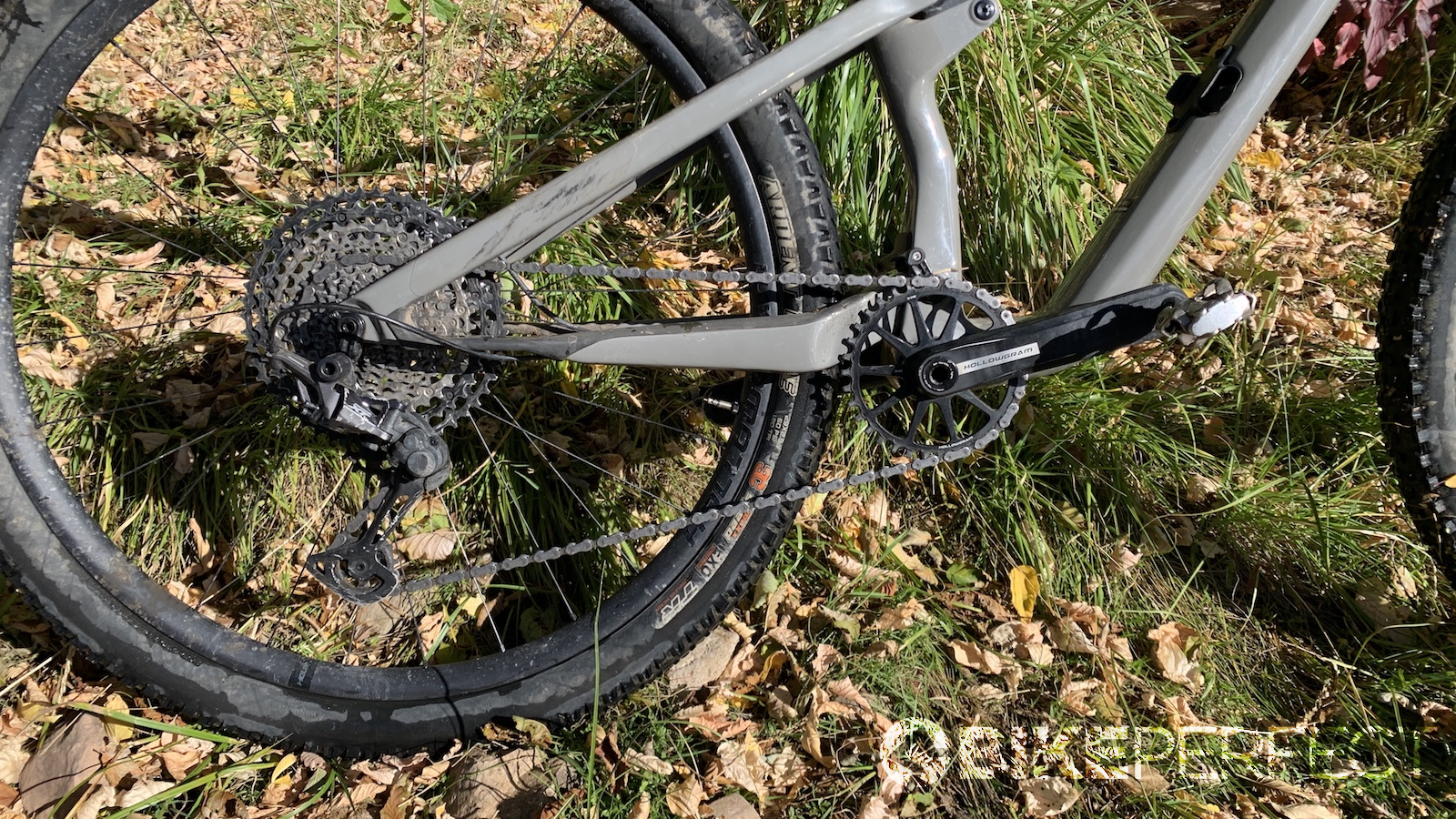
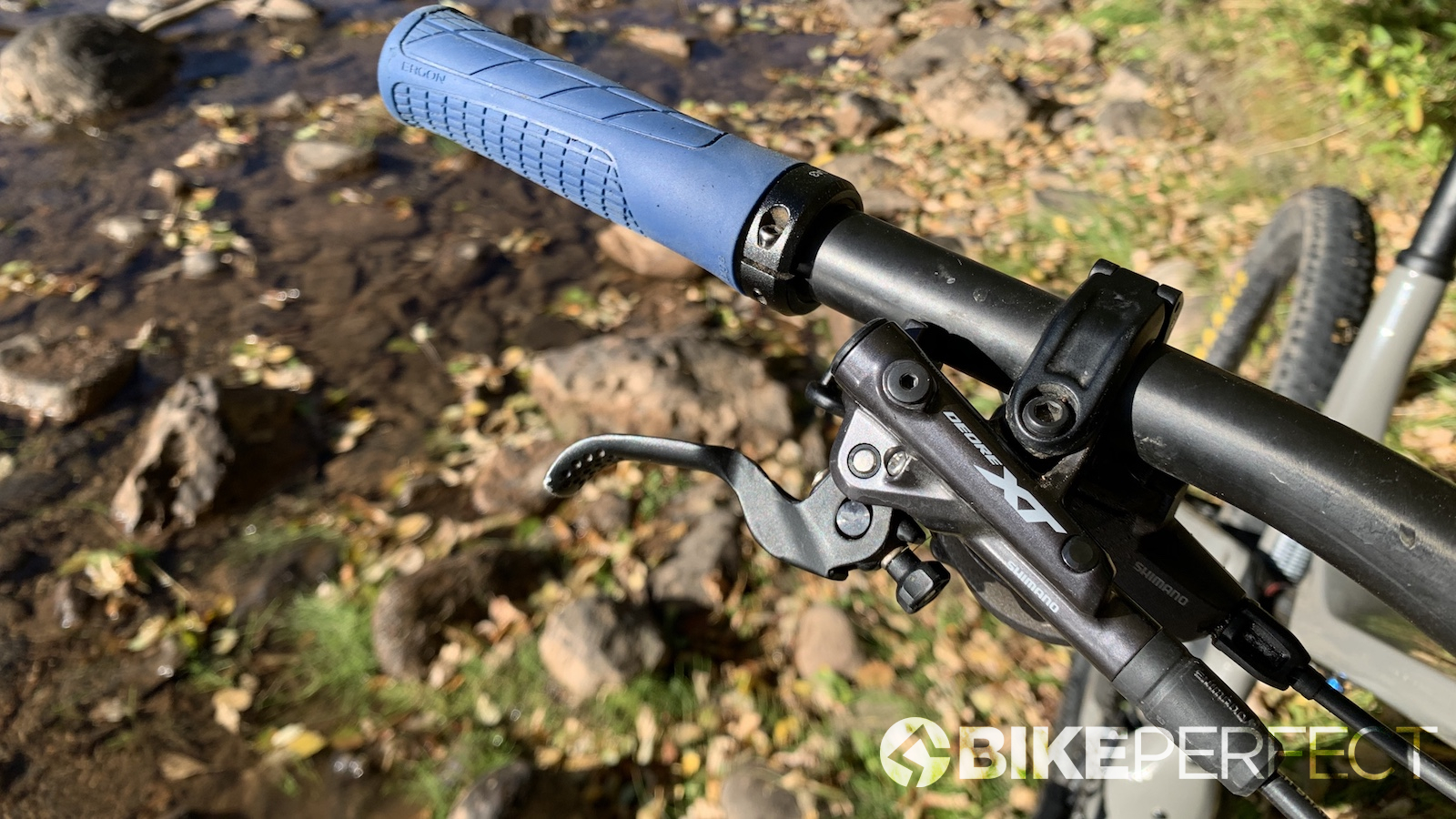
Components and build
The Scalpel SE 1’s build kit uses 120mm of RockShox suspension in both the front and rear, with a RockShox SID Select+ RL fork and RockShox SIDLuxe Select+ shock. A Shimano XT drivetrain takes care of shifting and the brakes are XT as well. Cannondale’s Hollowgram cranks fit into a PressFit30 bottom bracket along with a 32T chainring. In this region of the bike, there is also a chain guide that’s attached to the end of one of the frame’s lower pivot bolts.
Cannondale HollowGram 25 carbon wheels are built around DT Swiss hubs and spokes, and they never went out of true during our test period. Maxxis Recon Race and Ardent Race tires are fitted as standard, which works really well for XC riding. I did however swap over to the chunkier Maxxis Aggressor on the front, which provided more cornering traction. I could even see a bike like this being built up with more enduro-style tires for aggressive riders that don’t mind the rolling resistance penalty.
What really makes this bike handle well is a Cannondale DownLow Dropper with 150mm of stroke. It’s a cable-actuated dropper that worked flawlessly and allows for a much better descending experience. Cannondale specs its own carbon handlebars along with a Fabric Scoop Flat Elite saddle.
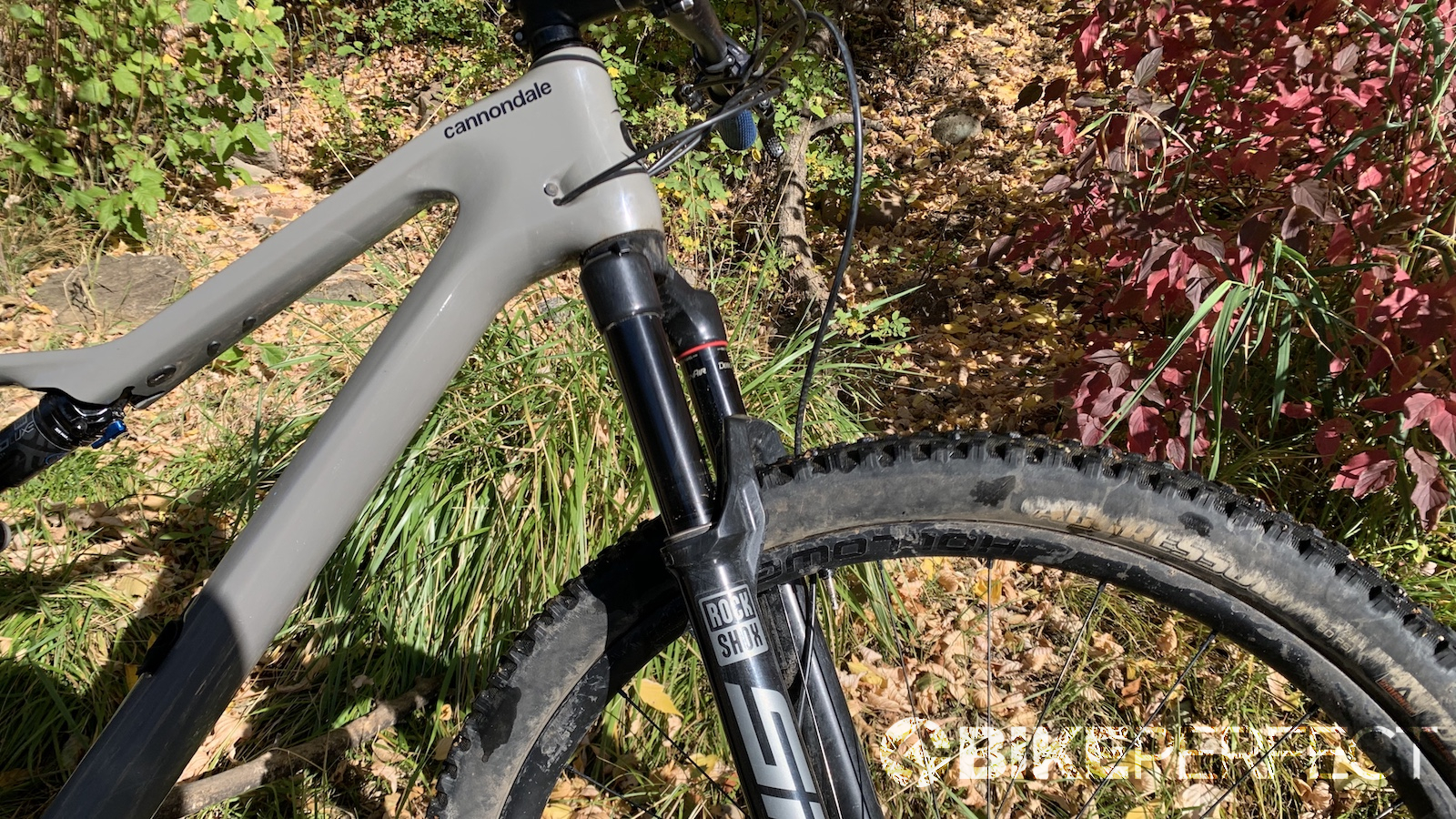
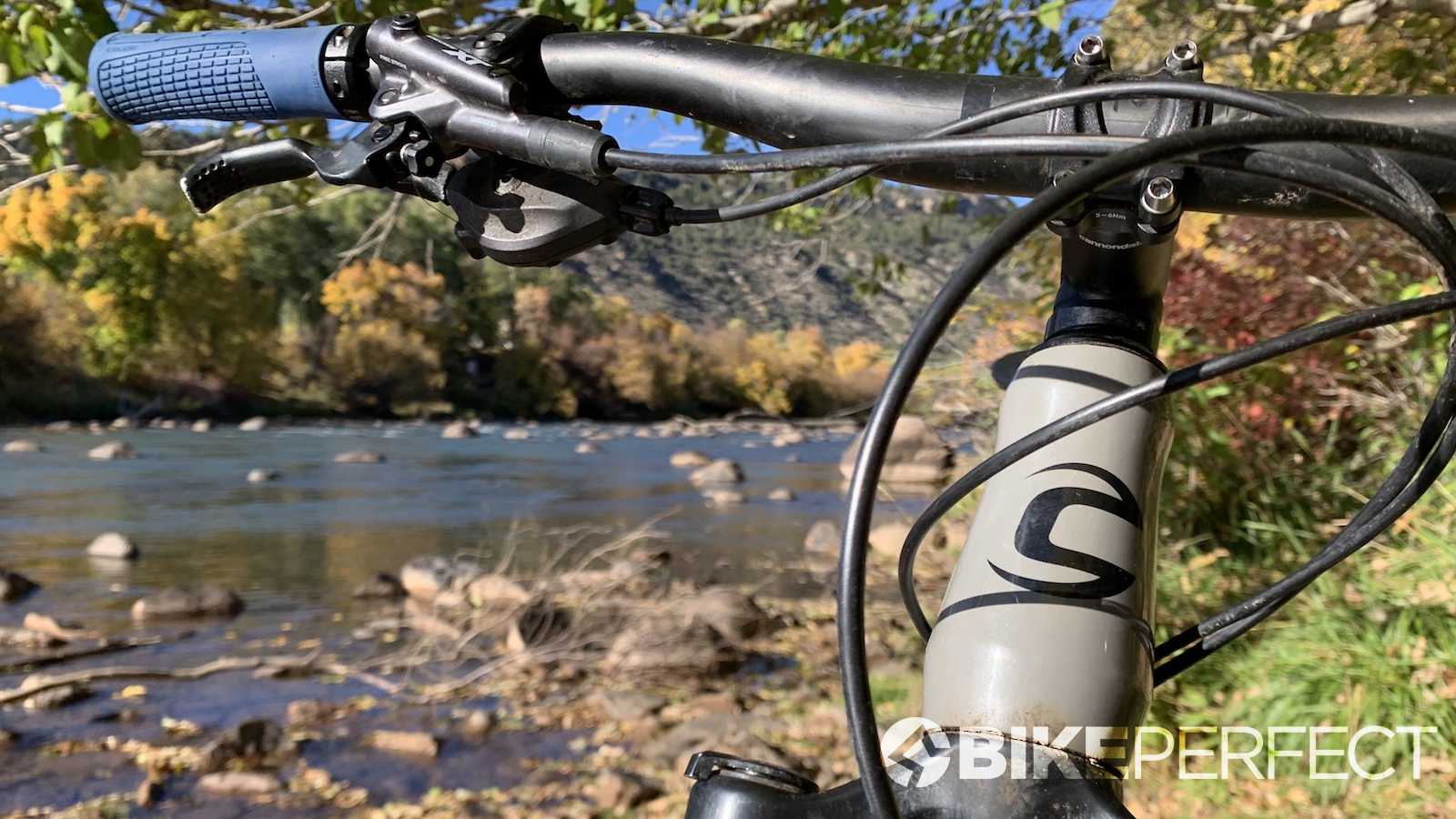
Ride, handling and performance
One of the first things I noticed about the Scalpel SE is its pedaling efficiency. It made big climbs fun rather than a slog, and I didn’t even mind pedaling along sections of pavement in between trails as they went by so fast and effortlessly.
Like Cannondale mentions in its marketing for the bike, the SE is absolutely lethal on smooth flowing trails, whether they are pointed uphill or downhill. Luckily, I frequented the local technical trails as well to see how the bike performs when the trails have more rock than dirt, and I was definitely impressed.
It’s important to remember that this is a 120mm bike with XC roots, so there are certain riding scenarios where an aggressive rider would be better served by a more capable bike. The Scalpel SE is not going to be a great bike for hucking blindly into rock gardens and hoping that the suspension will save you from a face-to-face meeting with the ground. The bike’s geometry and suspension encourages good line choice in technical terrain and I was able to carry impressive speed through gnarled rock and root sections with stability and confidence.
The dropper post and powerful Shimano brakes really increased descending prowess as well. Even when the descents got steep, the dropper makes you forget you’re on an XC bike and the 180mm/160mm rotors calm any fears of losing control. When faced with long alpine descents the bike never faltered, eating up any trail obstacle in its way.
There were a couple of technical issues experienced over the course of testing. The chain guide mount snapped off, requiring a replacement part from Cannondale. My theory is that a rock must have been kicked up at one point, weakening the part and leading to eventual failure. While on the subject of the chain guide, I do find it a bit extraneous. With 1x drivetrain technology it’s not super necessary and introduces the possibility of the chain rubbing if against it. On a more minor note, the Shimano shifter did gum up which is a known issue and not Cannondale’s fault, just an annoyance.
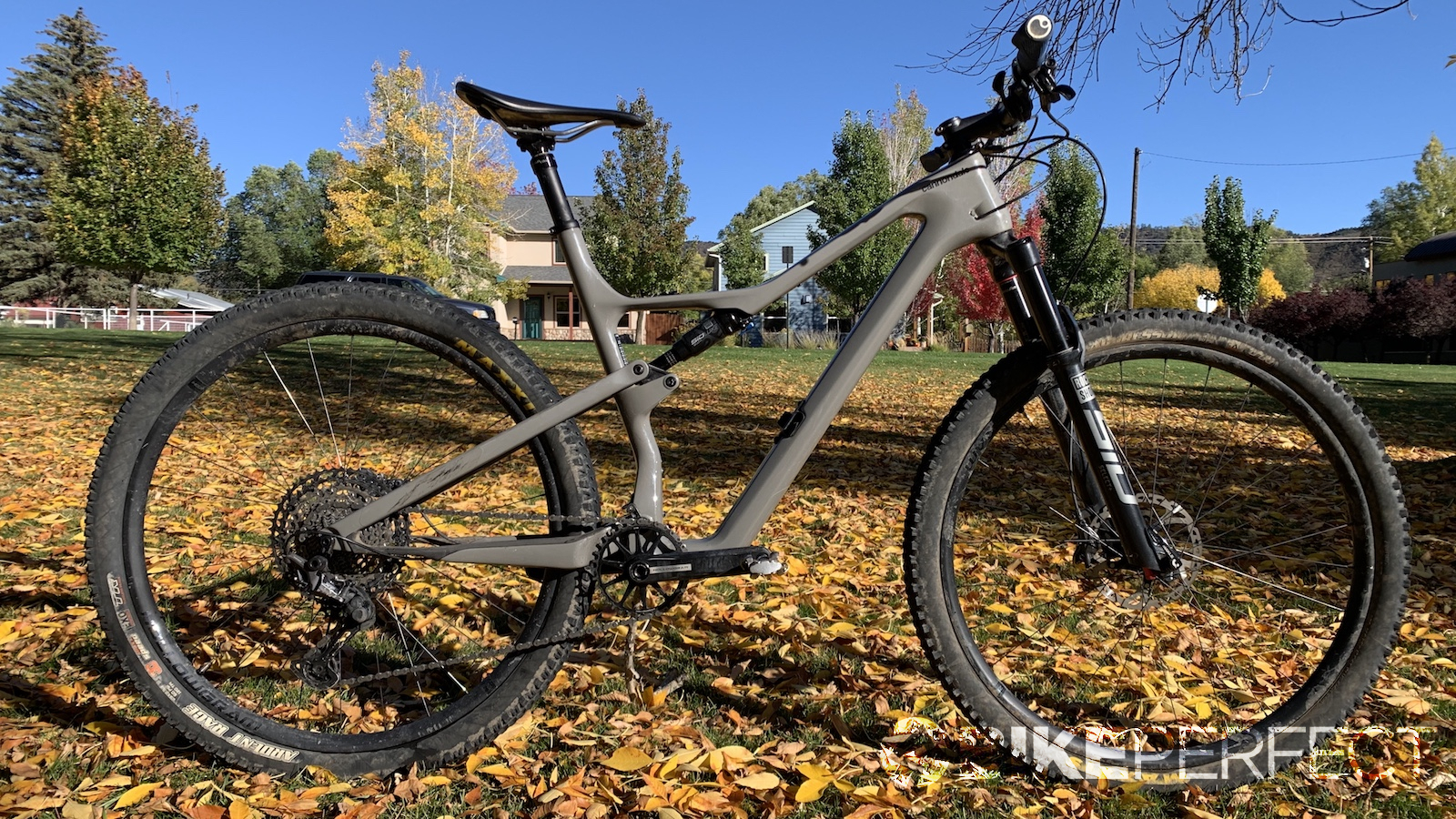
Verdict
The Cannondale Scalpel SE 1 is an efficient, well-handling, and fun bike and it certainly offers a little more capability than an all-out cross-country bike. The geometry, 120mm of RockShox suspension, and component selection make for a ripping ride up or down. However, the geometry could be updated to keep up with the current crop of downcountry machines, if that’s the direction Cannondale wants to go. The bike definitely has more of an XC feel so it is confusing that Cannondale places it as a trail bike.
Tech specs: Cannondale Scalpel SE 1
- Price: $6,100 / £5,100
- Frame material: Carbon
- Sizes: S, M, L, XL (tested)
- Wheel size: 29x2.5in
- Suspension: RockShox SID Select+ RL 120mm, RockShox SIDLuxe Select+ 120mm
- Drivetrain: Shimano XT mech, shifter, and 10-51 cassette. Shimano SLX chain
- Cranks: Cannondale HollowGram, 32T chainring
- Brakes: Shimano XT, 180/160mm rotors
- Cockpit: Cannondale 1 Riser carbon handlebar, 780mm; Cannondale 1 alloy stem
- Wheelset: Cannondale HollowGram 25 carbon rims, DT Swiss spokes and hubs
- Tires: Maxxis Ardent Race EXO, Maxxis Recon Race EXO
- Seat post: Cannondale DownLow Dropper, 150mm
- Saddle: Fabric Scoop Flat Elite
Ryan Simonovich has been riding and racing for nearly a decade. He got his start as a cross-country mountain bike racer in California, where he cultivated his love for riding all types of bikes. Ryan eventually gravitated toward enduro and downhill racing but has also been found in the occasional road and cyclo-cross events. Today, he regularly rides the trails of Durango, Colorado, and is aiming to make a career out of chronicling the sport of cycling.
Rides: Santa Cruz Hightower, Specialized Tarmac SL4
